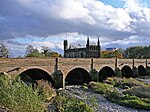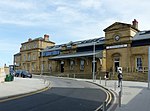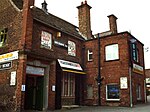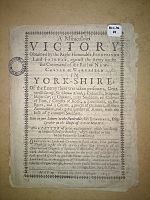The Hepworth Wakefield

The Hepworth Wakefield is an art museum in Wakefield, West Yorkshire, England, which opened on 21 May 2011. The gallery is situated on the south side of the River Calder and takes its name from artist and sculptor Barbara Hepworth who was born and educated in the city. It is the successor of (and subsumed) the municipal art collection, founded in 1923 as Wakefield Art Gallery, which spans the Old Masters to the twentieth century. The gallery was designed by British architect David Chipperfield, who won an architectural design competition managed by RIBA Competitions and was built by Laing O'Rourke with funding from Wakefield Council, Arts Council England and the Heritage Lottery Fund. Yorkshire Forward, the Homes and Communities Agency, and the European Regional Development Fund have also supported the building of the gallery alongside a number of charitable trusts, corporations and private individuals. The Hepworth Wakefield is a registered charity under English law.The gallery cost £35 million to build. Five weeks after opening it had received 100,000 visitors. In May 2012 it celebrated its first birthday, having received over 500,000 visitors in the year. In October 2015, the gallery launched the £30,000 biennial Hepworth Prize for Sculpture as part of the celebrations marking its 5th anniversary.
Excerpt from the Wikipedia article The Hepworth Wakefield (License: CC BY-SA 3.0, Authors, Images).The Hepworth Wakefield
Doncaster Road, Wakefield Belle Isle
Geographical coordinates (GPS) Address Website External links Nearby Places Show on map
Geographical coordinates (GPS)
| Latitude | Longitude |
|---|---|
| N 53.676 ° | E -1.491 ° |
Address
The Hepworth Wakefield
Doncaster Road
WF1 5AW Wakefield, Belle Isle
England, United Kingdom
Open on Google Maps











